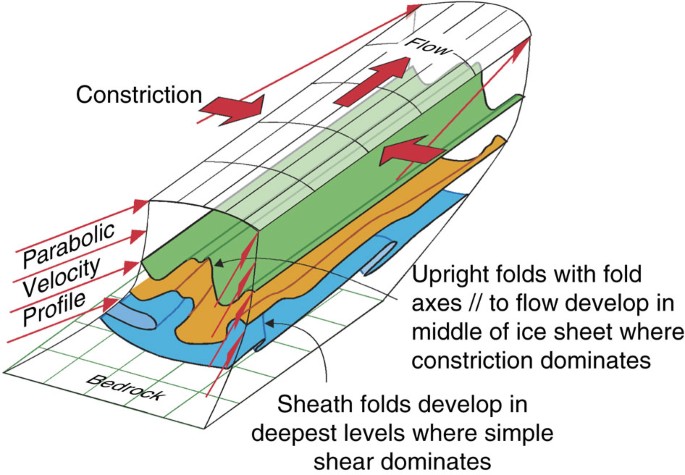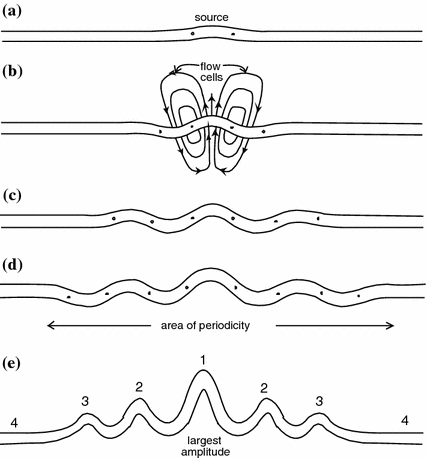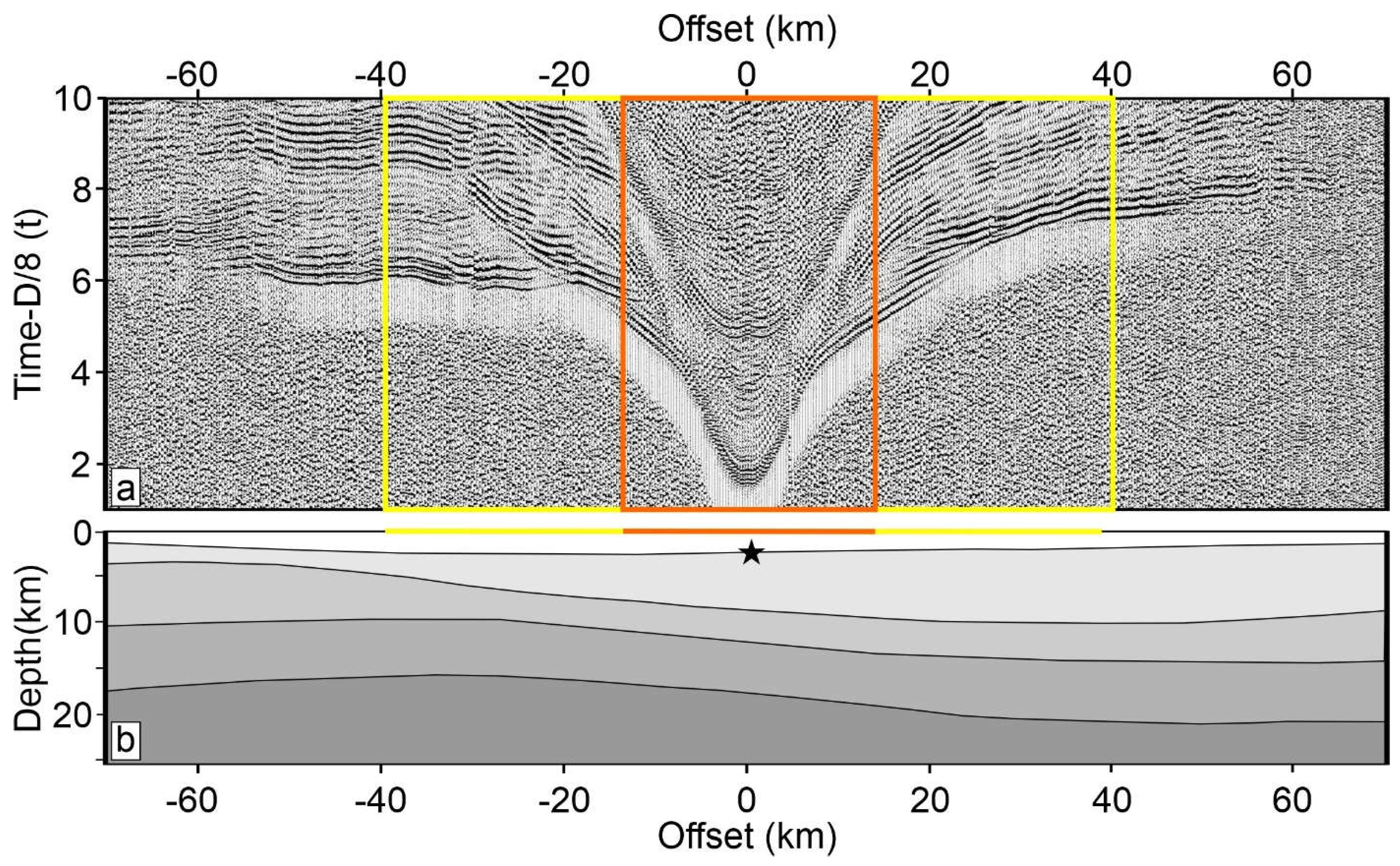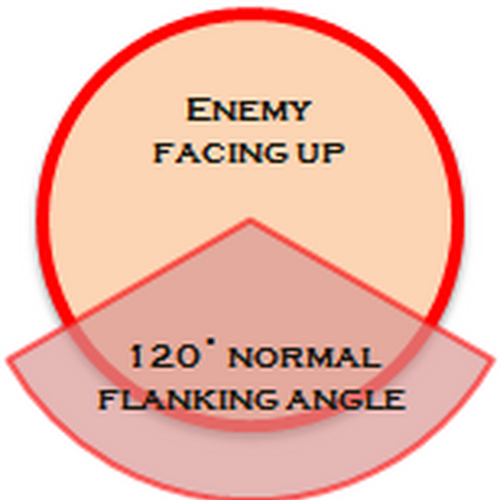Flanking structure and single layer fold development in isotropic and anisotropic rock
Por um escritor misterioso
Descrição
Flanking structures around planar discontinuities in an otherwise homogeneous ow develop a characteristic geometry that is potentially a source of kinematic information about the background ow. Analytical methods were used to calculate the velocity around a thin weak inclusion (representing a fracture) in linear viscous material. This approach allows modelling of anking structures to very large strains. The velocity eld around a given anking structure can be calculated for the complete range of potential background ow elds, provided that the orientation of the fabric attractor and the bulk shear sense are known. Structures can be undeformed according to these velocity elds and, by quantifying the mis t between the actual and initial geometry, the vorticity number of the ow eld and the duration of deformation accurately determined. With these two parameters established, the background (bulk) deformation involved in the formation of a speci c anking structure can be calculated. This chapter was published in Journal of Structural Geology (Kocher and Mancktelow, 2005)

Converging flow and anisotropy cause large-scale folding in Greenland's ice sheet

Flanking structure development in anisotropic viscous rock - ScienceDirect

Folds and Folding

Flanking structure and single layer fold development in isotropic and anisotropic rock

Flanking structure and single layer fold development in isotropic and anisotropic rock

The association of folds and fractures and the link between folding, fracturing and fluid flow during the evolution of a fold–thrust belt: a brief review

Re-folded structure of syn-orogenic granitoids (Padrón dome, NW Iberia): Assessing rheological evolution of cooling continental crust in a collisional setting - ScienceDirect

Applied Sciences, Free Full-Text

The association of folds and fractures and the link between folding, fracturing and fluid flow during the evolution of a fold–thrust belt: a brief review

Flanking structure and single layer fold development in isotropic and anisotropic rock

Flanking structure and single layer fold development in isotropic and anisotropic rock
de
por adulto (o preço varia de acordo com o tamanho do grupo)







